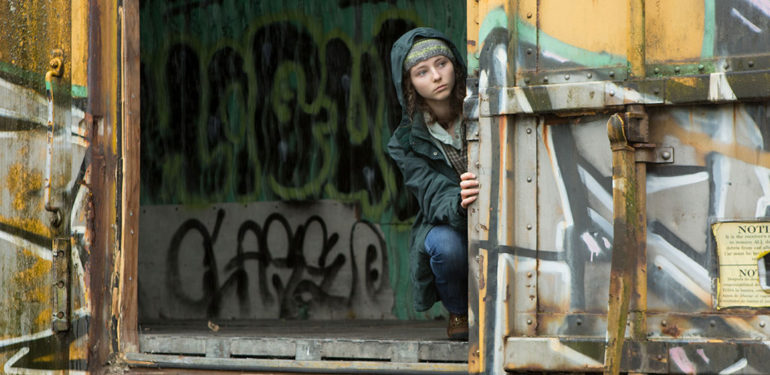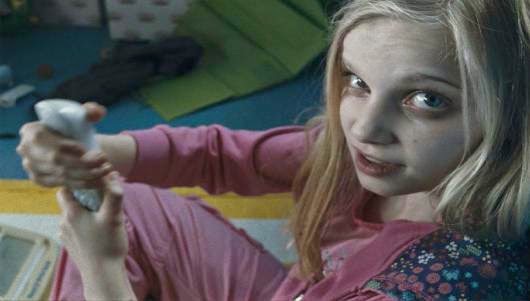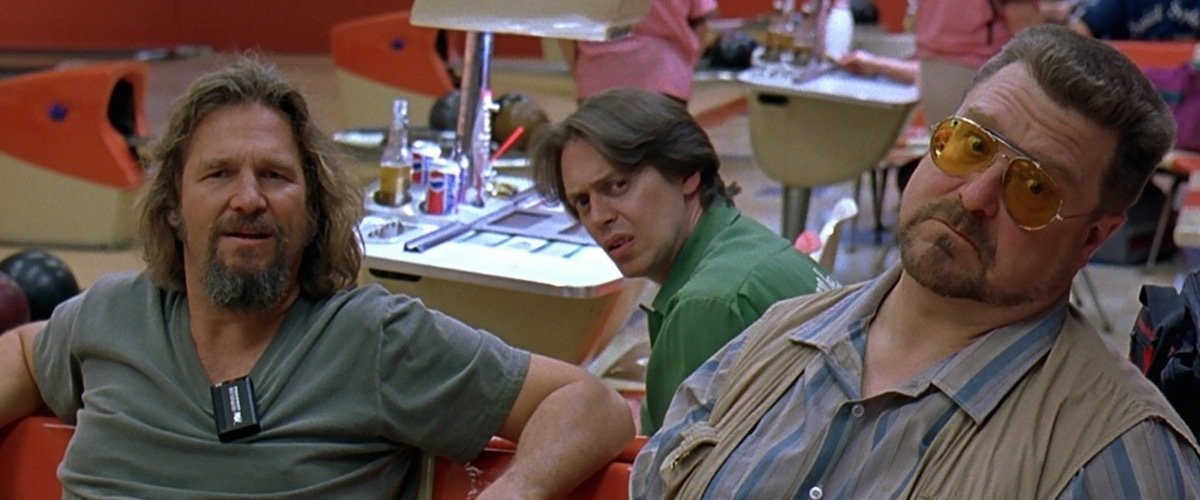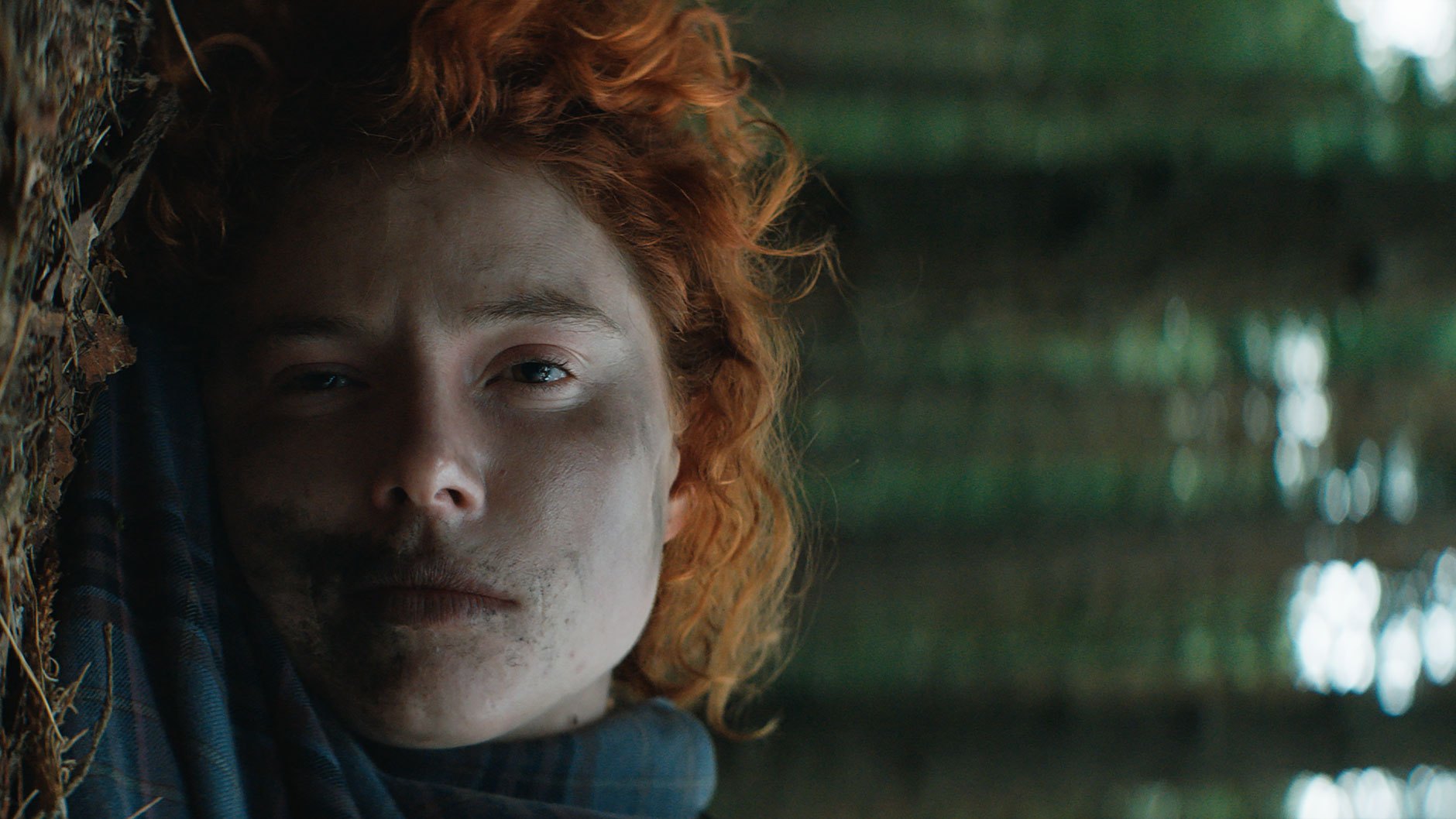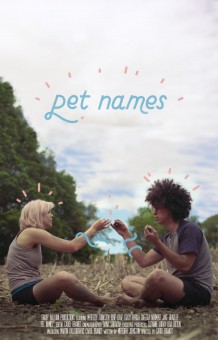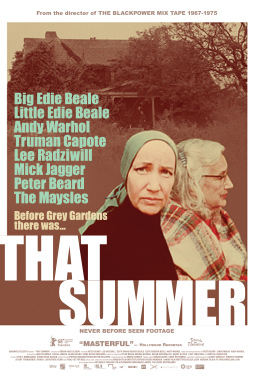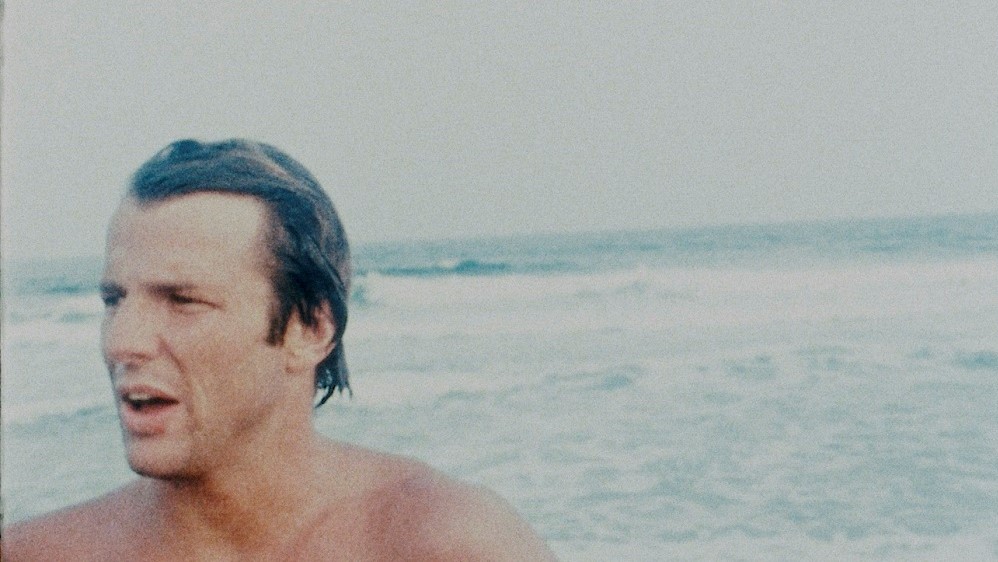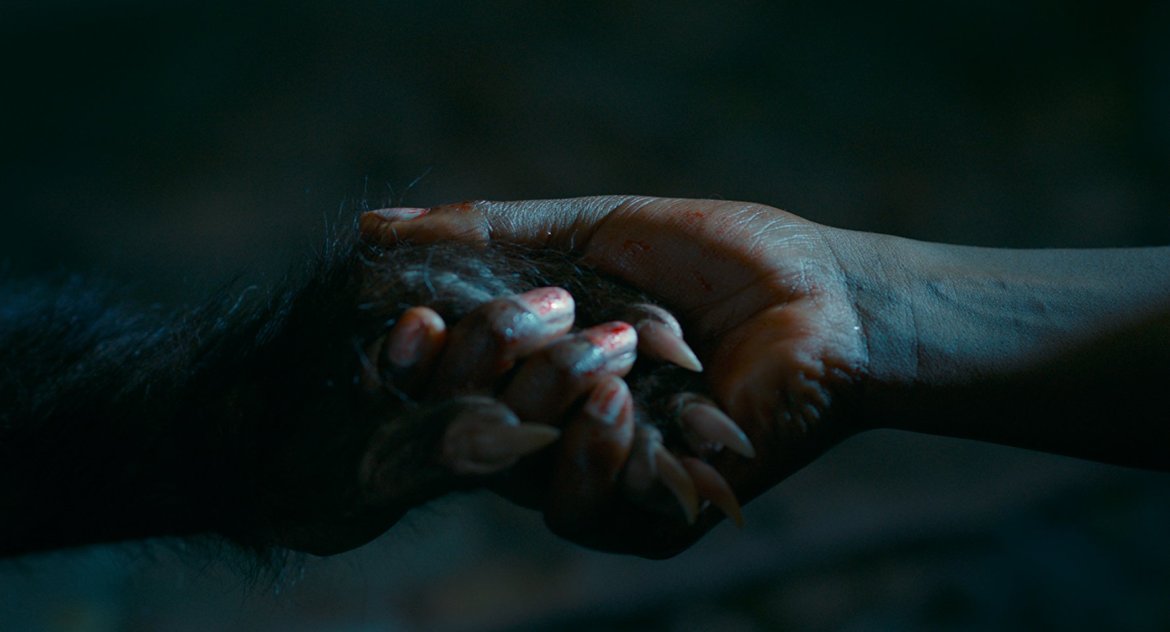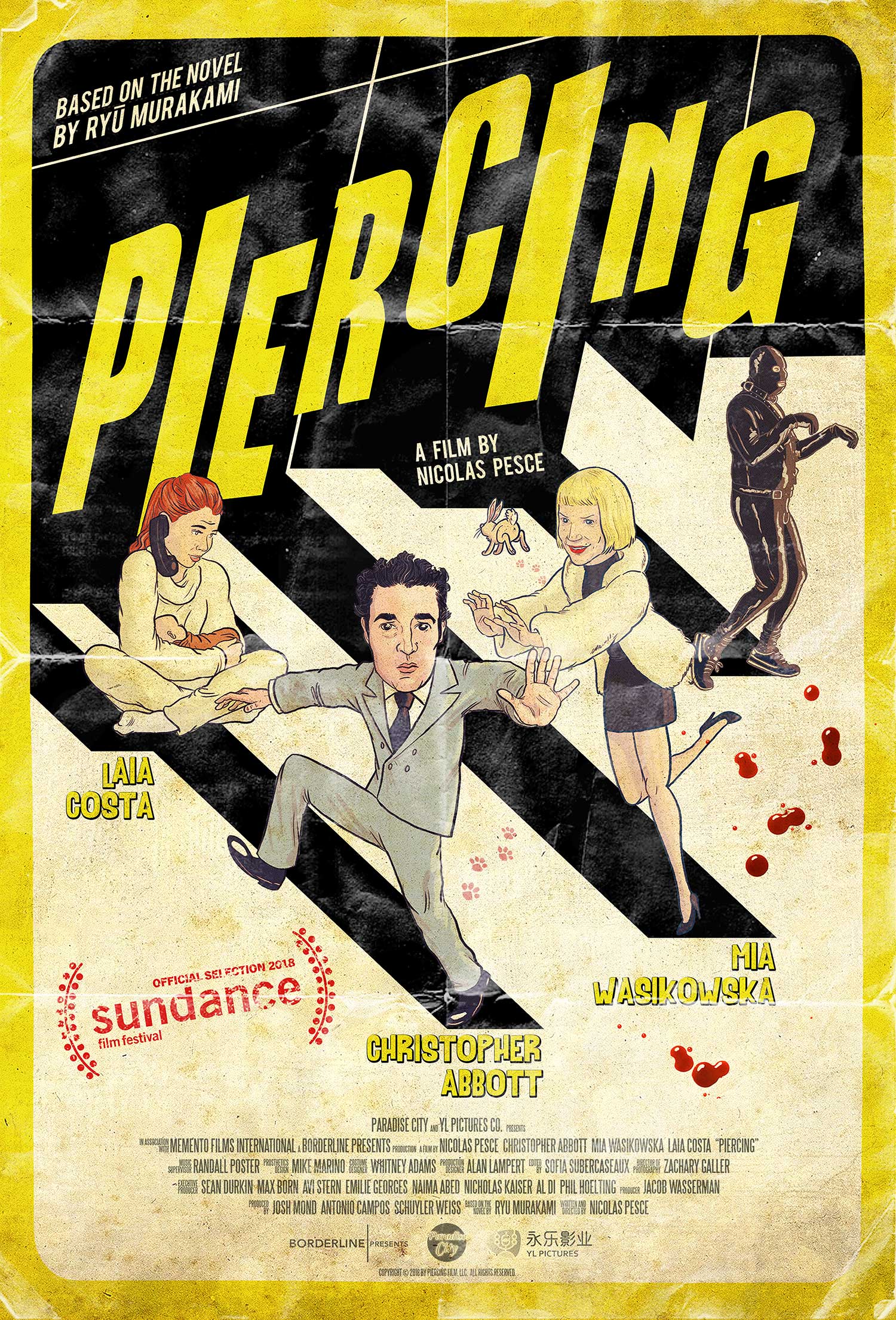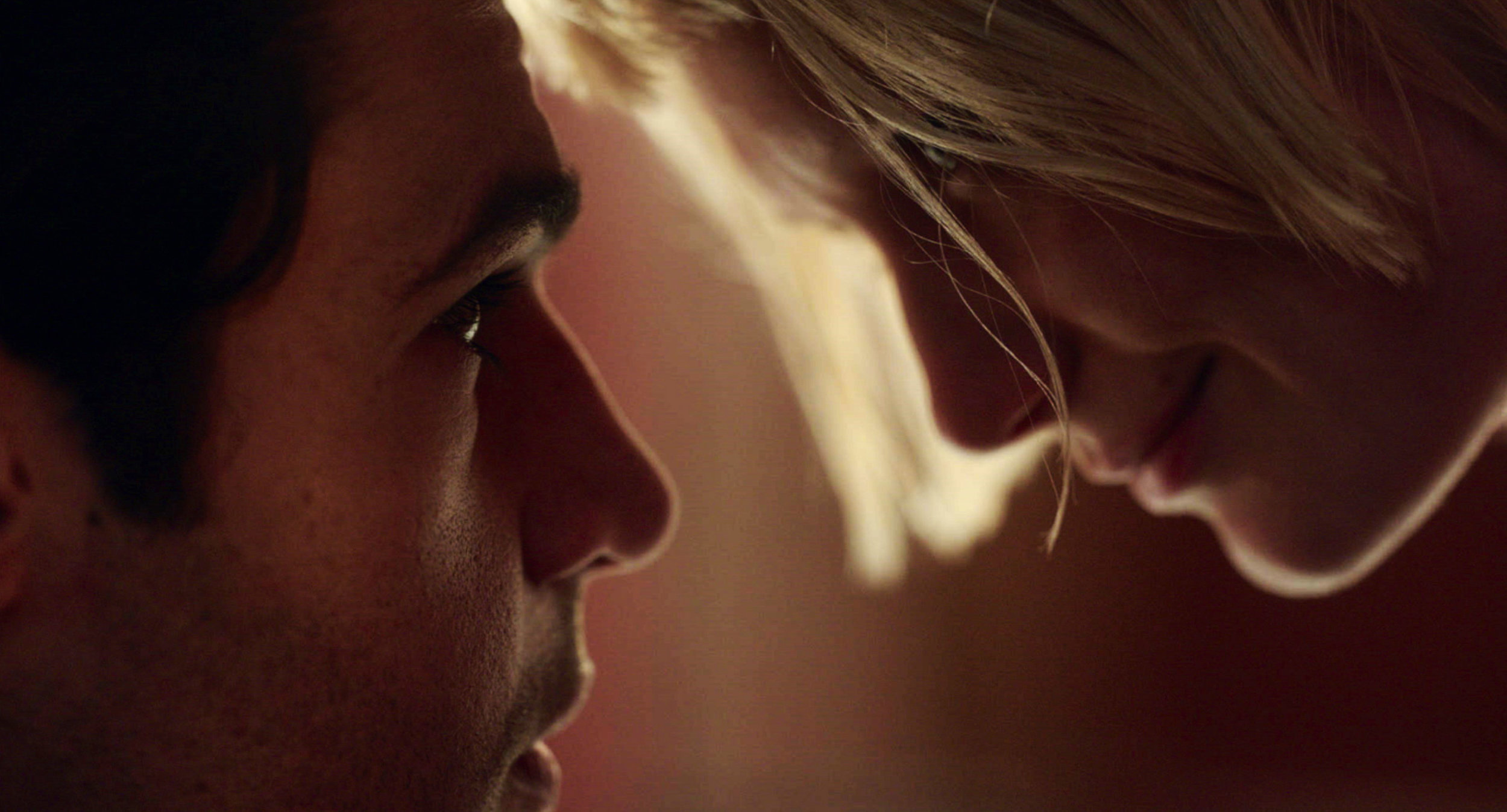Papa, Sdokhni | Russia | 2018 | Directed by Kirill Sokolov
Logline: A petty thief visits his girlfriend’s apartment to confront her father, only to find himself at the violent end of a very messy situation.
Costing the equivalent of around a million Australian dollars this tale of crime and punishment in a tiny Russian apartment is the most tight-knit fun I’ve had in the hands of a bunch of losers all year. You’ll laugh, you’ll wince, you’ll chortle, you’ll grimace, but you’ll come out smiling. Why Don’t You Just Die! is as hilarious and over the top as the title suggests.
Young Matvey (Alexsandr Kuznetsov) is dead set on bashing the living daylights out of Andrey (Vitaliy Khaev). Not just because the big man’s daughter, Olya (Evgeniya Kregzhde), claims her father has been raping her every day since she was twelve, but also because she’s told him he has a very large stash of money in the apartment. Matvey has now taken it upon himself to deliver justice, and steal the cash. But then Andrey reveals he’s a crafty and corrupt police detective, and he’s none too happy with the young thug screwing his daughter.
All hell breaks loose in the cramped family abode as lover and father go head to head. Wife and mother, Tasha (Elena Shevchenko), watches on with a bemused expression. Soon there is much collateral damage to the apartment, and Matvey has not achieved what he arrived to do. Olya and Andrey’s colleague Yevgenich (Mikhail Gorevoy) have yet to arrive, to thicken the plot, and spill more blood.
Writer and director Sokolov’s debut feature seemingly channels the camera and editing virtuoso style of Sam Riami and Luc Besson. It’s an insane comedy of mayhem, an adult cartoon. The tone is pitch black like the Sea, the violence on the ultra-tip, full of that seriously painful-to-watch stuff like dislocated fingers, and heads being smashed against the corners of shelves. Why is it always those small injuries that often cause the biggest reactions in the audience?
This is like a stage play on steroids. The only time the action steps outside of the apartment is a flashback in Matvey’s even smaller flat where Olya spills her traumatic beans, and at the movie’s very beginning and end, in the apartment’s elevator landing. But Sokolov’s mise-en-scene is brilliantly structured, like a choreographed danse macabre. Adding cream to this sweet brutal dessert are the performances, all are excellent, but especially the three k’s: Kuznetsov, Khaev, and Kregzhde.
Why Don’t You Just Die! (the original Russian title translates as “Dad, die”) is perfect late night viewing with a couple of vodka and soda’s under the belt, or after you’ve knocked back a bunch of Pilsner Urquells with some mates. It swings hard and fast like a baseball bat, then chomps down, severing the tongue after it’s lodged in the cheek. Vulgar and stylish in equal measure, it’s what they call a killer comedy.





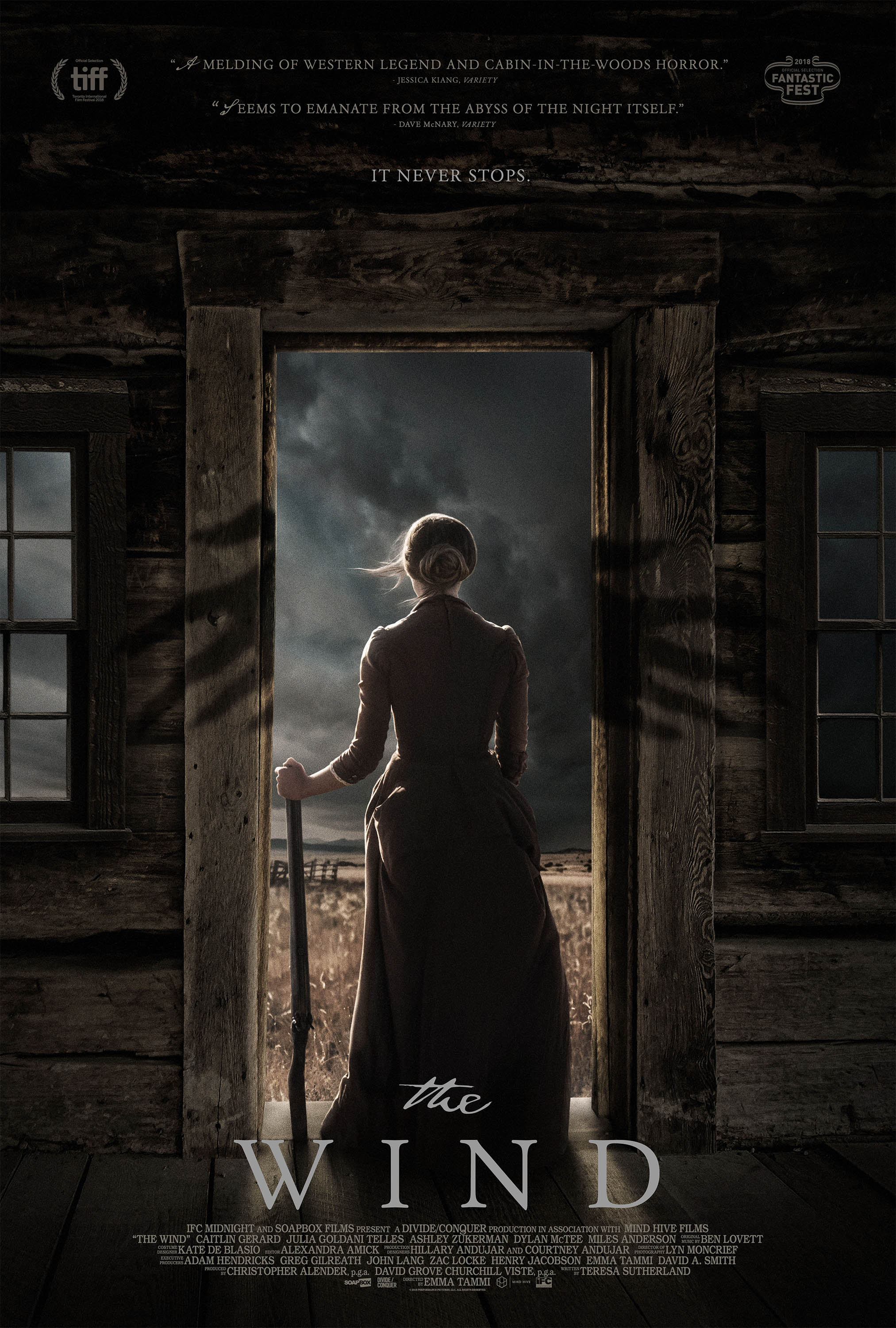


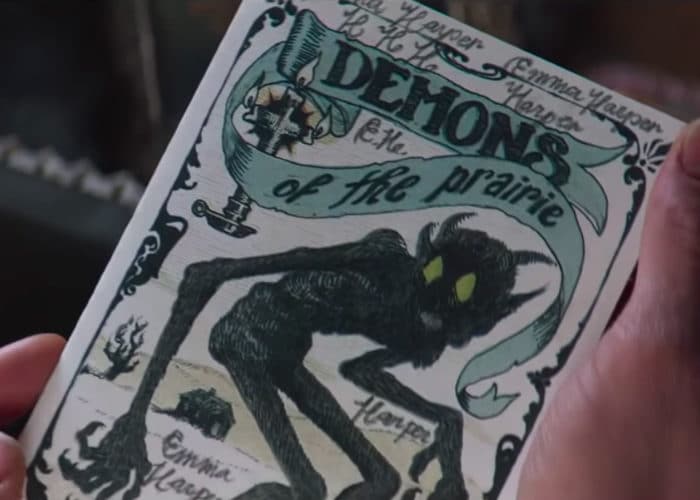






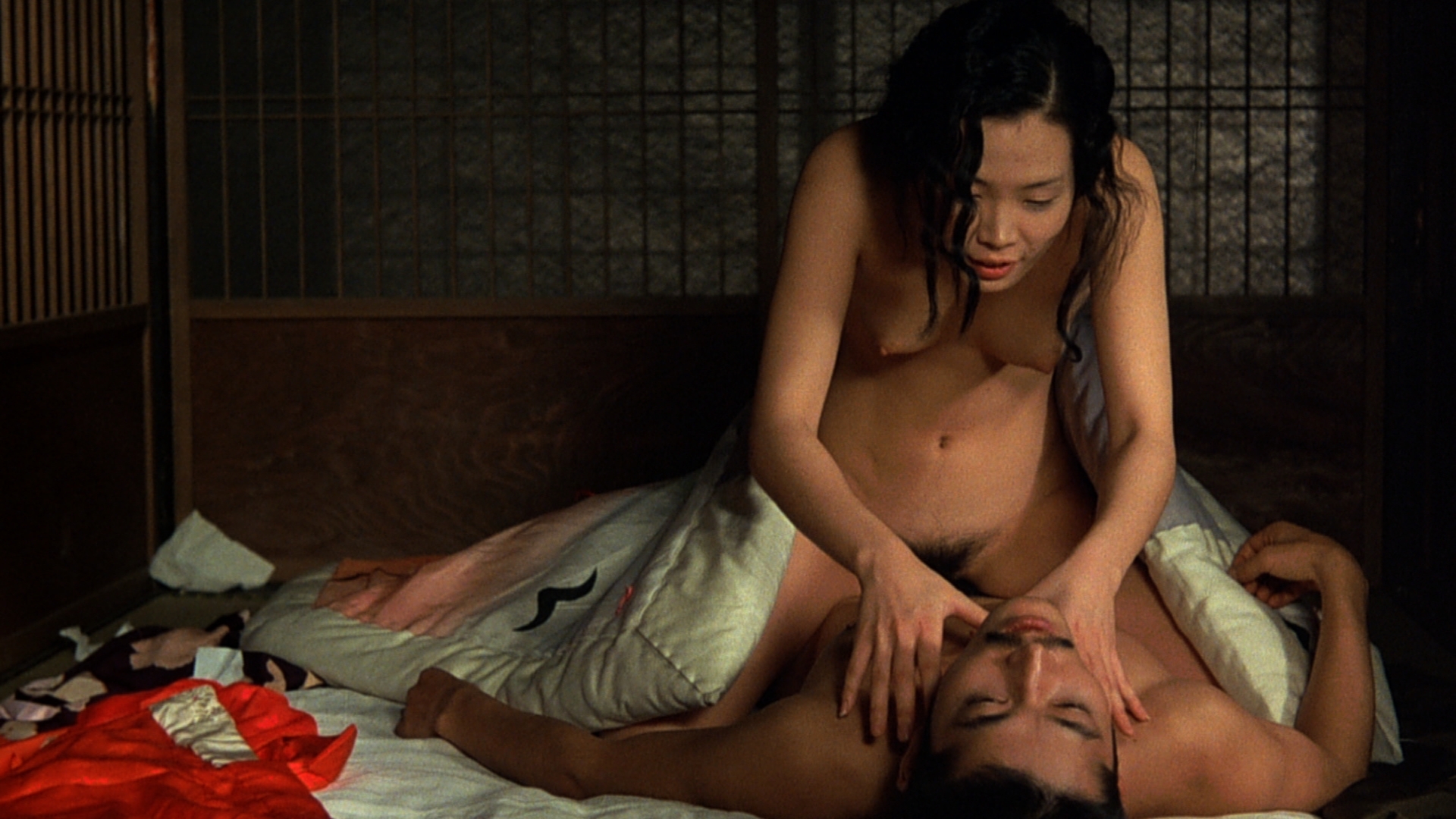

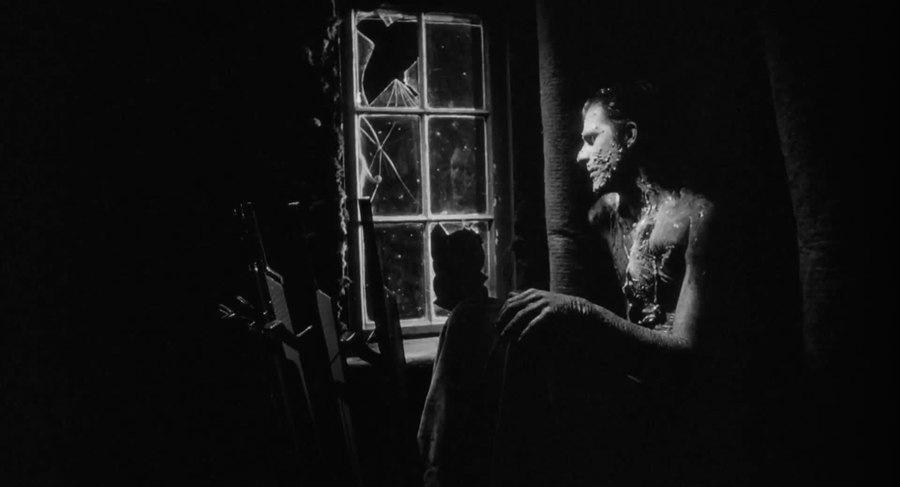











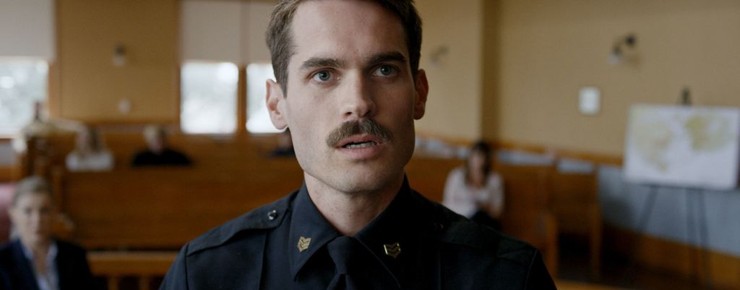


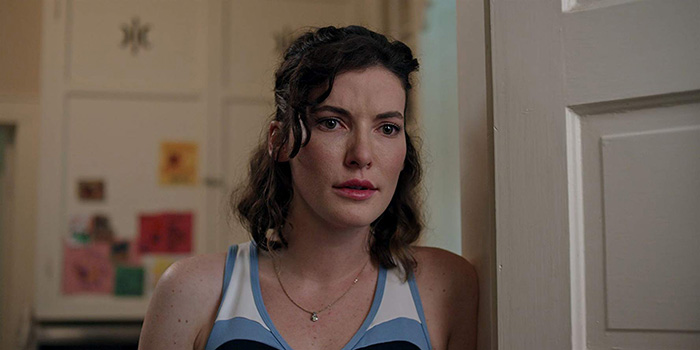






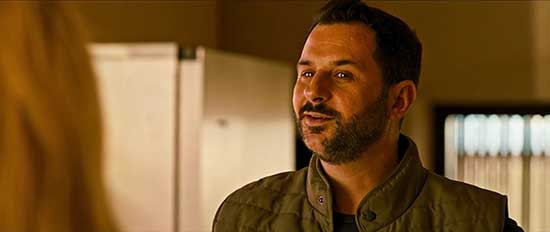
















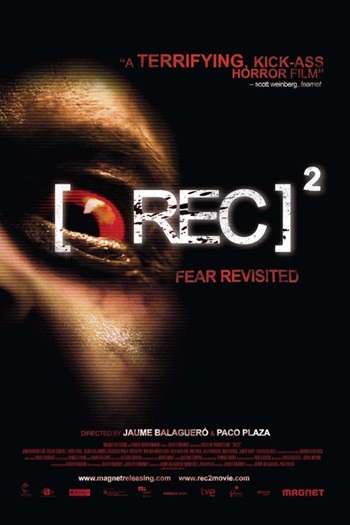


![[REC 2] Parte 3 HD.mp48.jpg](https://images.squarespace-cdn.com/content/v1/50d144f6e4b05aff8e5b9c8c/1539732263485-HR3D2FOLAF7U0IOMUU2H/%5BREC+2%5D+Parte+3+HD.mp48.jpg)




